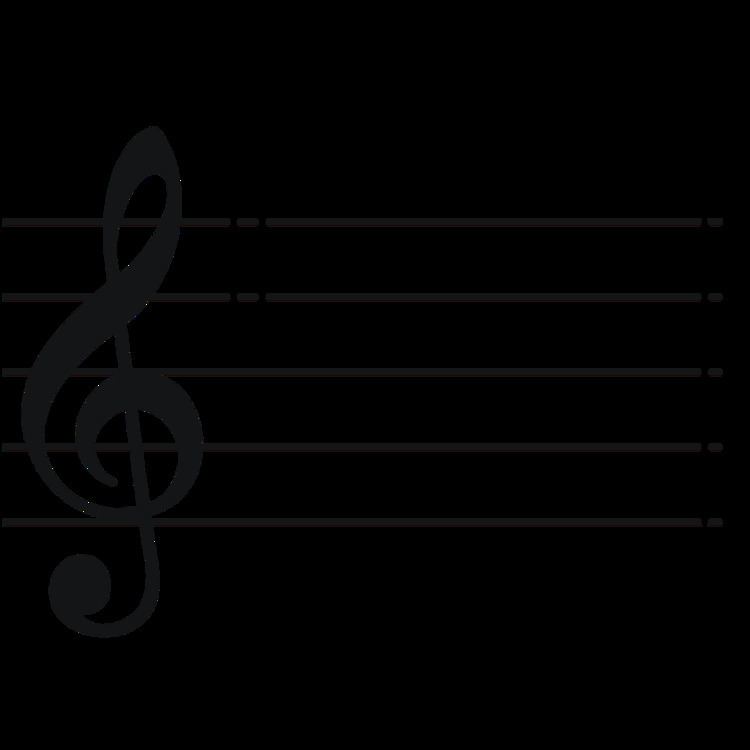 | ||
G major (or the key of G) is a major scale based on G, with the pitches G, A, B, C, D, E, and F♯. Its key signature has one sharp, F♯.
Contents
G major's relative minor is E minor, and its parallel minor is G minor.
For orchestral works in G major, the timpani are typically set to G and D, a fifth apart, rather than a fourth apart as for most other keys.
Baroque period
8 chain rhythms", according to Alfred Einstein, although Bach also used the key for some 4
4-based works, including his third and fourth Brandenburg Concertos. Pianist Jeremy Denk observes that the Goldberg Variations are 80 minutes in G major.
Classical era
In popular culture
G sometimes called the 'people's key', is one of the most frequently-employed keys across classical and popular music. This is in part because of its relative ease of playing on both keyboard and string instruments: its scale includes only one black note on the keyboard, all of a guitar's six strings can be played open in G, half of the strings on the mandolin and violin/fiddle are in the G chord when open, and the banjo is usually tuned to open G. It is the key stipulated by Queen Elizabeth II to be used for "God Save the Queen" in Canada. The music to the American national anthem, "The Star-Spangled Banner", was originally written in G major. Though it is now usually sung in A-flat or B-flat major, some people, most notably humorist and commentator Garrison Keillor, are campaigning to return the song to its original key; they argue that the song is already very difficult to sing on account of its range (one and a half octaves), and the modern standard key makes it still more difficult. God Defend New Zealand was originally composed by John Joseph Woods in A-flat, but after becoming New Zealand's national anthem in 1977 was rearranged into G to better suit general and massed singing.
